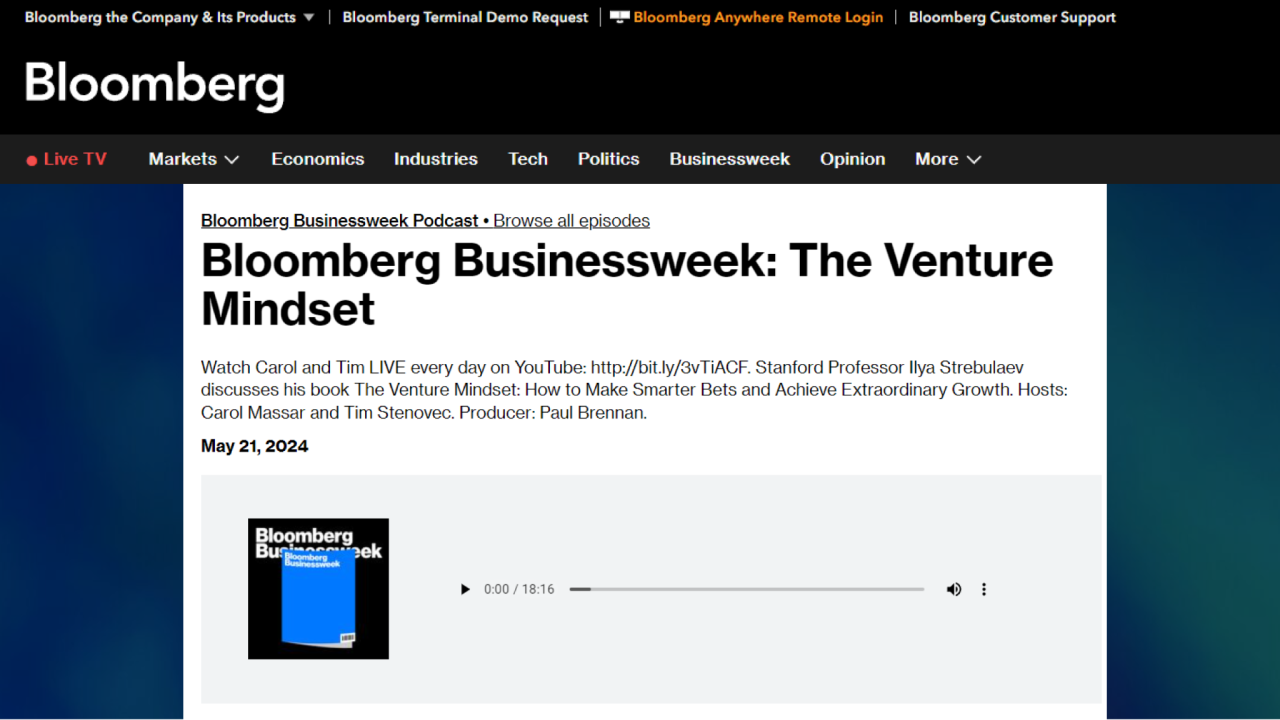

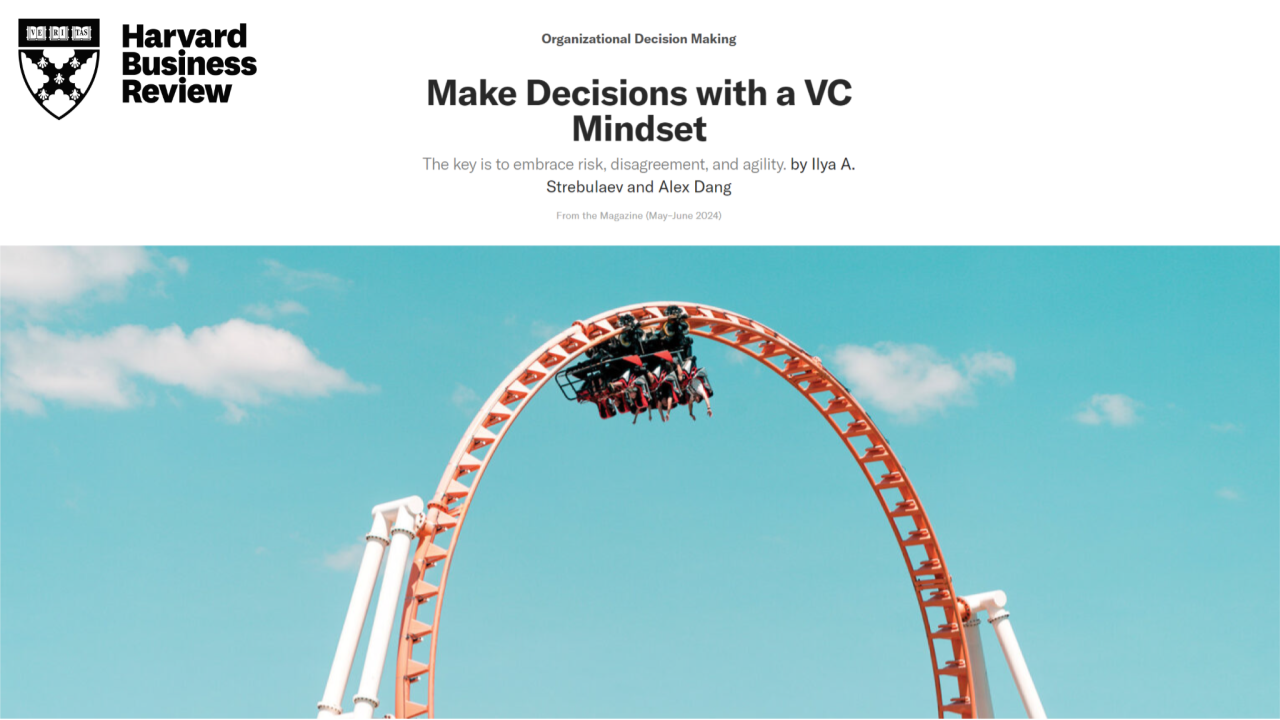
The key is to embrace risk, disagreement, and agility.
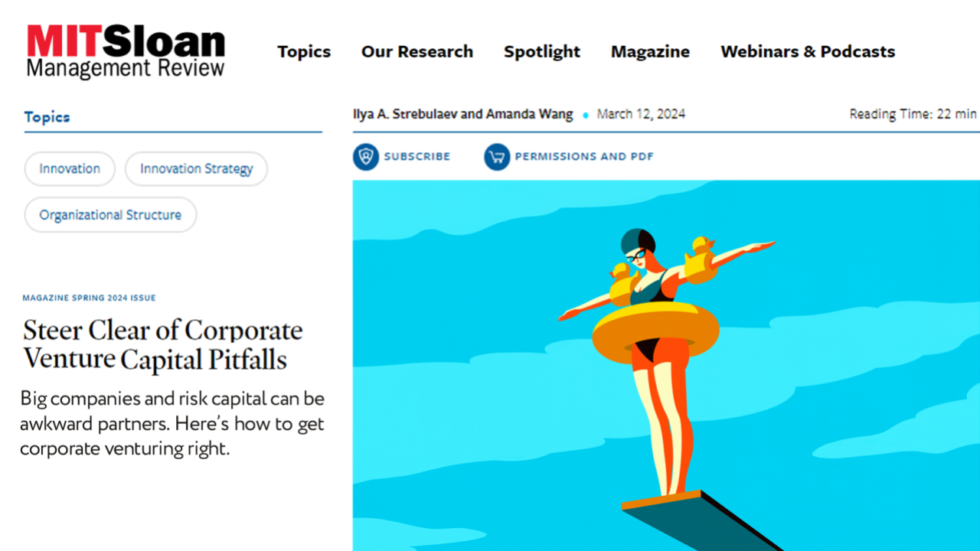
Big companies and risk capital can be awkward partners. Here’s how to get corporate venturing right.
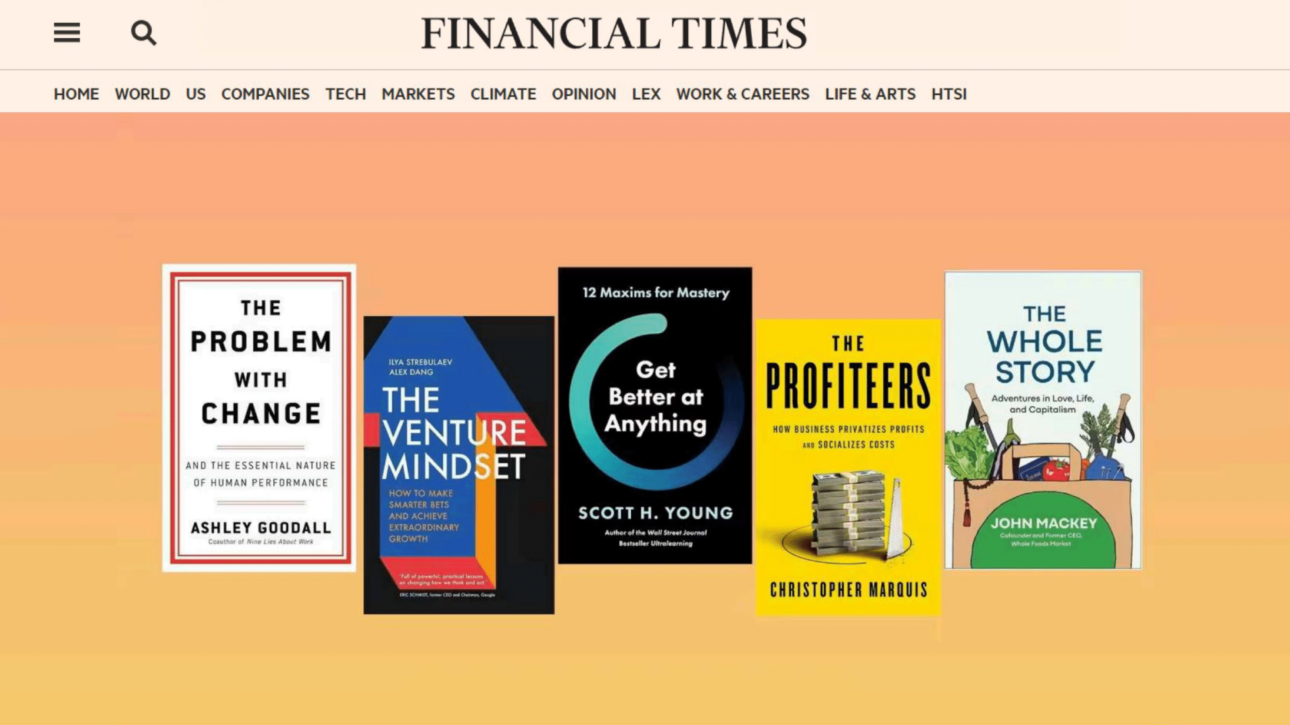
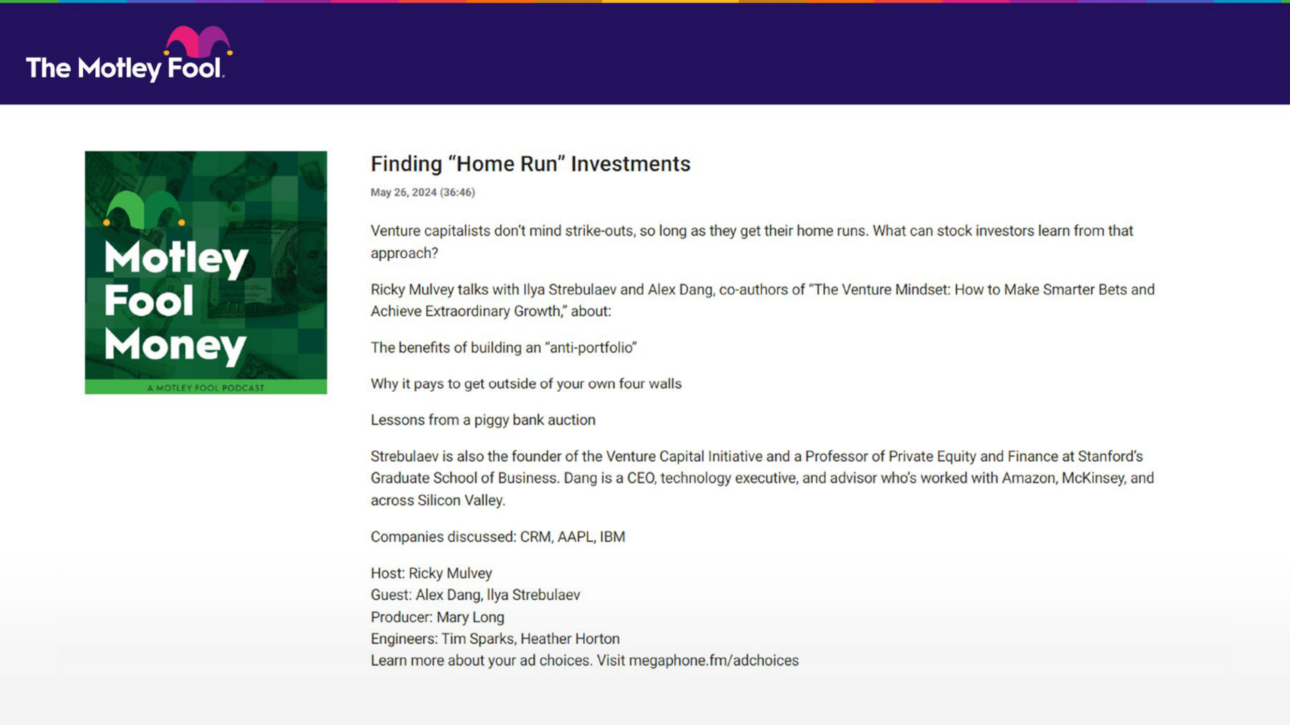
Venture capitalists don’t mind strike-outs, so long as they get their home runs.
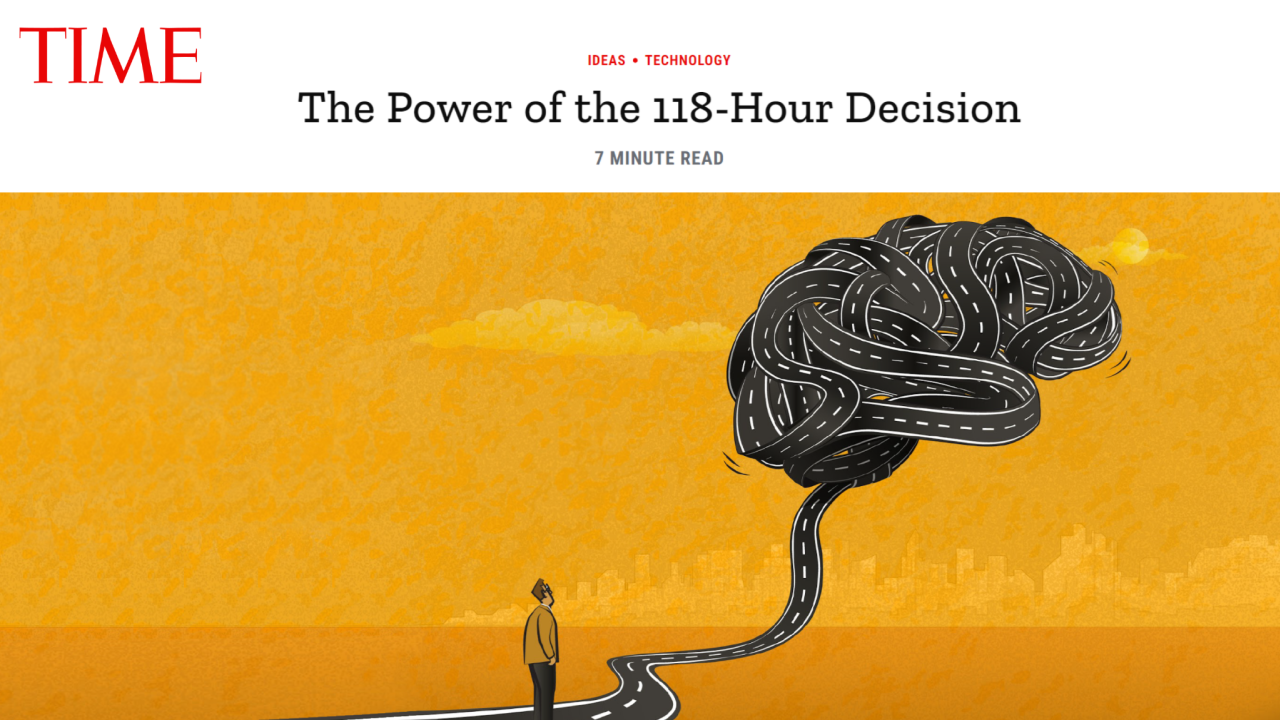
Finding and funding truly innovative ideas is a highly disciplined process.
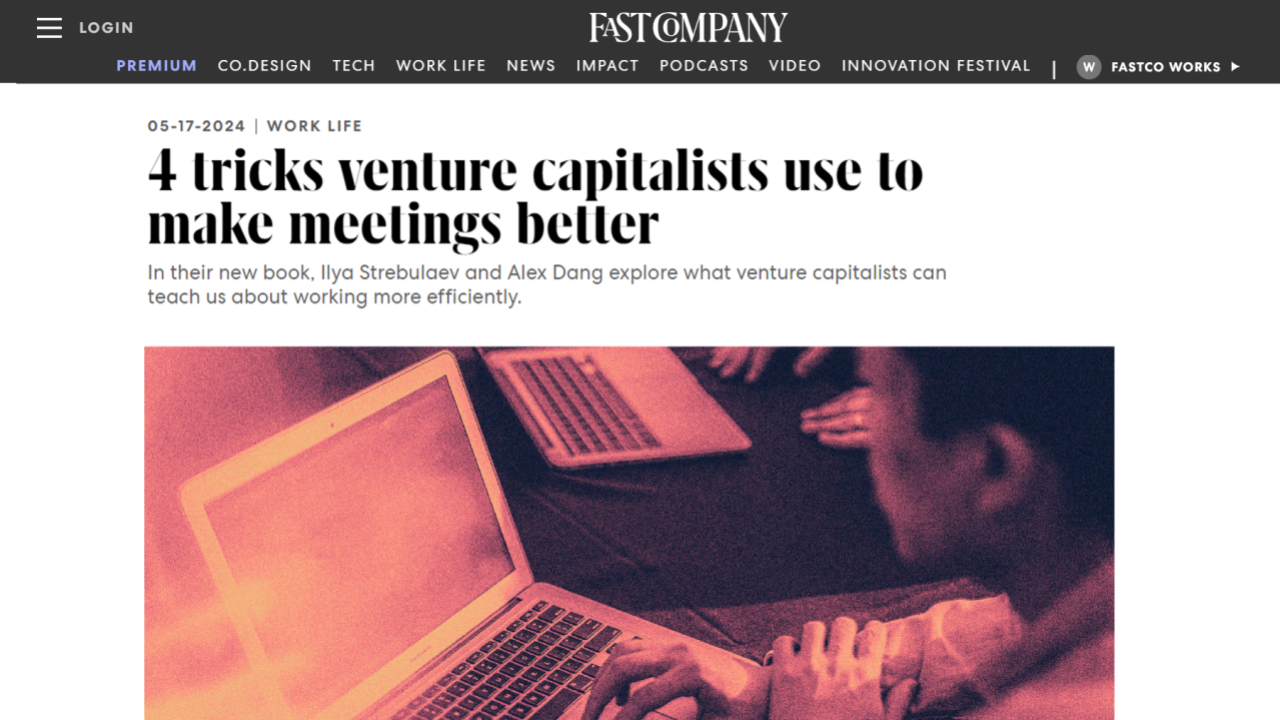
What venture capitalists can teach us about working more efficiently.
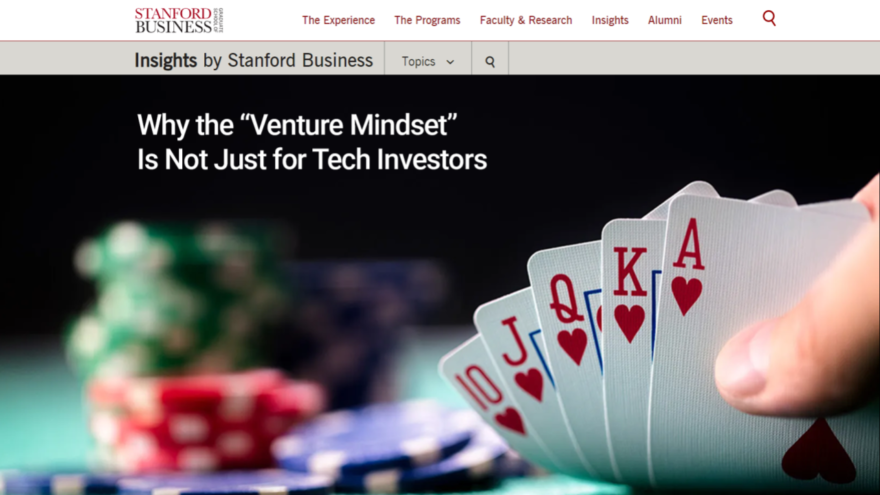
How venture capitalists approach risk has lessons that apply beyond Silicon Valley.
